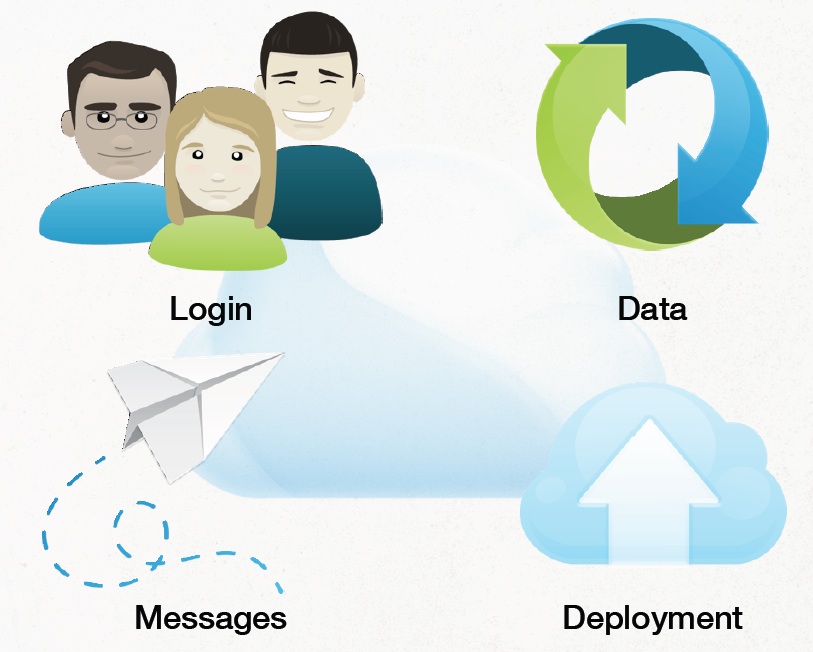Sencha has released a new cloud development platform, Sencha.io, to help developers create mobile Web and desktop applications with one client-centric platform in JavaScript.
“There are design limitations, upgrade requirements and distribution channel [App Store and Marketplace] restrictions” to writing native applications, said Aditya Bansod, senior director of product management at Sencha. “HTML5 doesn’t have that.”
Sencha.io is part of the Sencha HTML development product suite that includes Ext JS/GWT, the desktop application development tool, and Sencha Touch, the mobile application development tool, that both allow developers to use JavaScript code to create multiple operating system-compatible applications. Ext JS/GWT supports Linux, Mac and Windows applications, and Sencha Touch currently supports Android, BlackBerry and iOS applications, with Windows 7 support coming in the next year, according to Bansod.
Bansod explained that there are four aspects of Sencha.io that help developers create mobile Web applications and a mobile-like experience in desktop applications. These include login, data, messages and deployment.

“Login” allows developers to plug in Facebook and Twitter logins without managing the APIs associated with using these login credentials or learning how to develop within social networks. Sencha also maintains the APIs and pushes updates automatically to applications created with the Sencha.io platform. Developers can also use or build their own social ecosystem for login purposes, because this would create a network of usernames, contact information and a way for end users to automatically log in.
“Data” provides synchronized data storage, both online and offline. If an end user happens to be offline when updating information in an application, the application allows the end user to access a read-and-write version, and then it automatically pushes updates once network access is reestablished.
“Messages” allows developers to create a functionality by which end users can ping one another, or share notifications within a given application. Bansod explained that this is something developers could use in a gaming application as a “nudge” function from one end user to another, or perhaps as a way to push a photo that an end user uploaded to his or her contacts.
“Deployment” is a dashboard that can show developers the overall usage, download and health of their applications, and it allows them to maintain the applications as well. It is accessed via developer.sencha.io. It also provides a production environment for development teams should they choose to work within the Sencha.io offering.
The Sencha.io platform is available to current Sencha customers as a beta application. Developers already part of Sencha’s network can access it directly as they have already been registered, according to Bansod.




